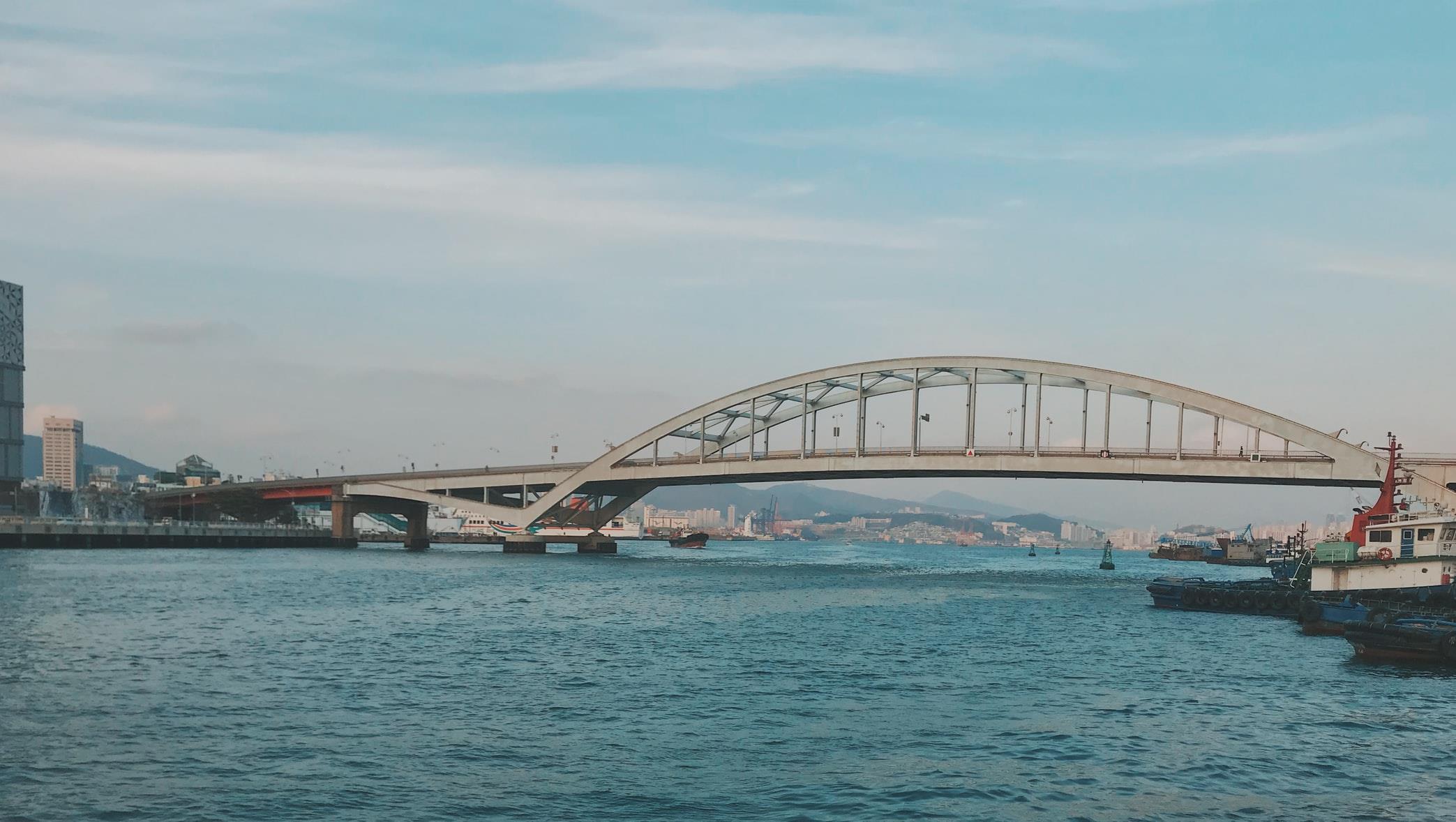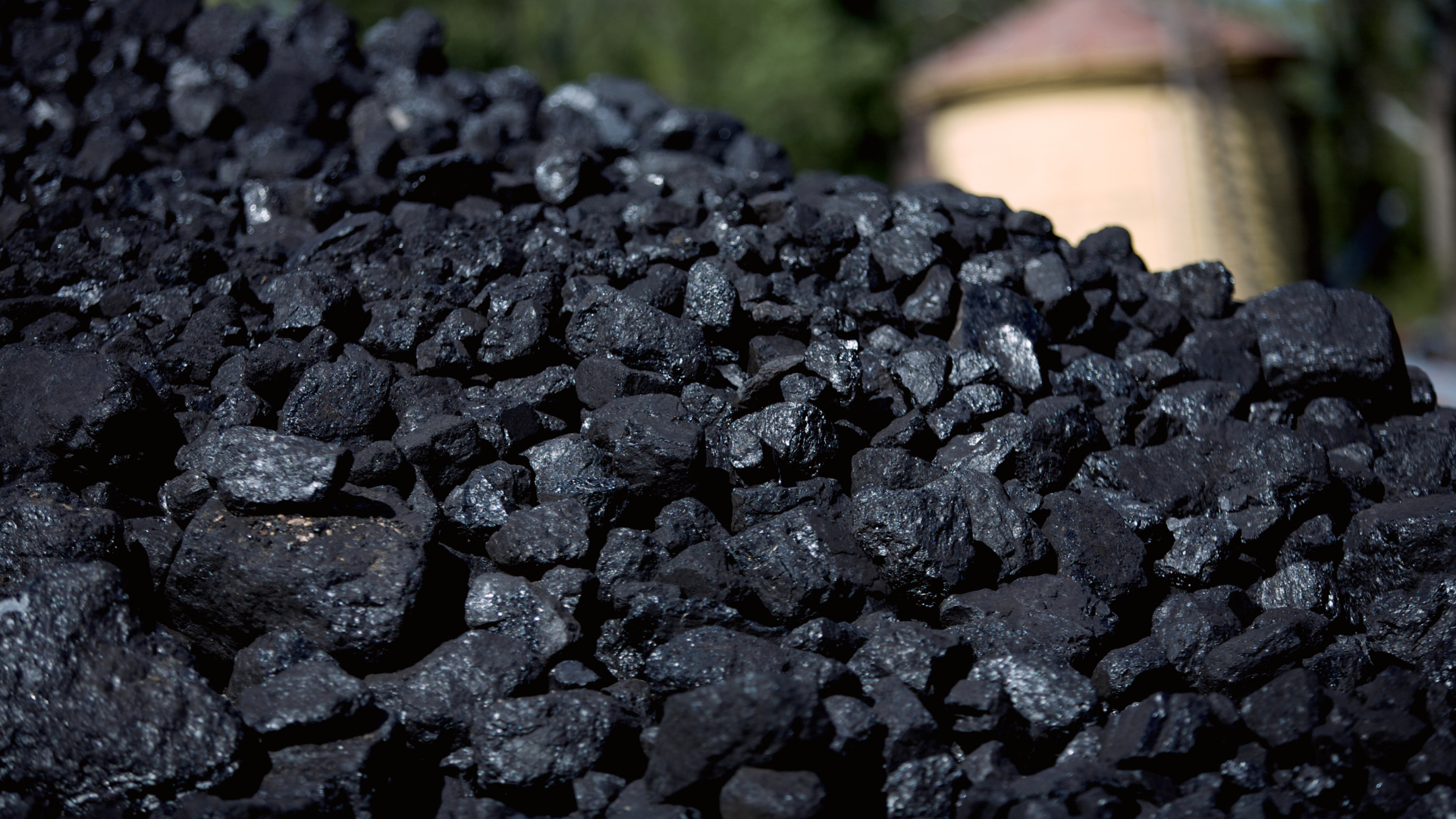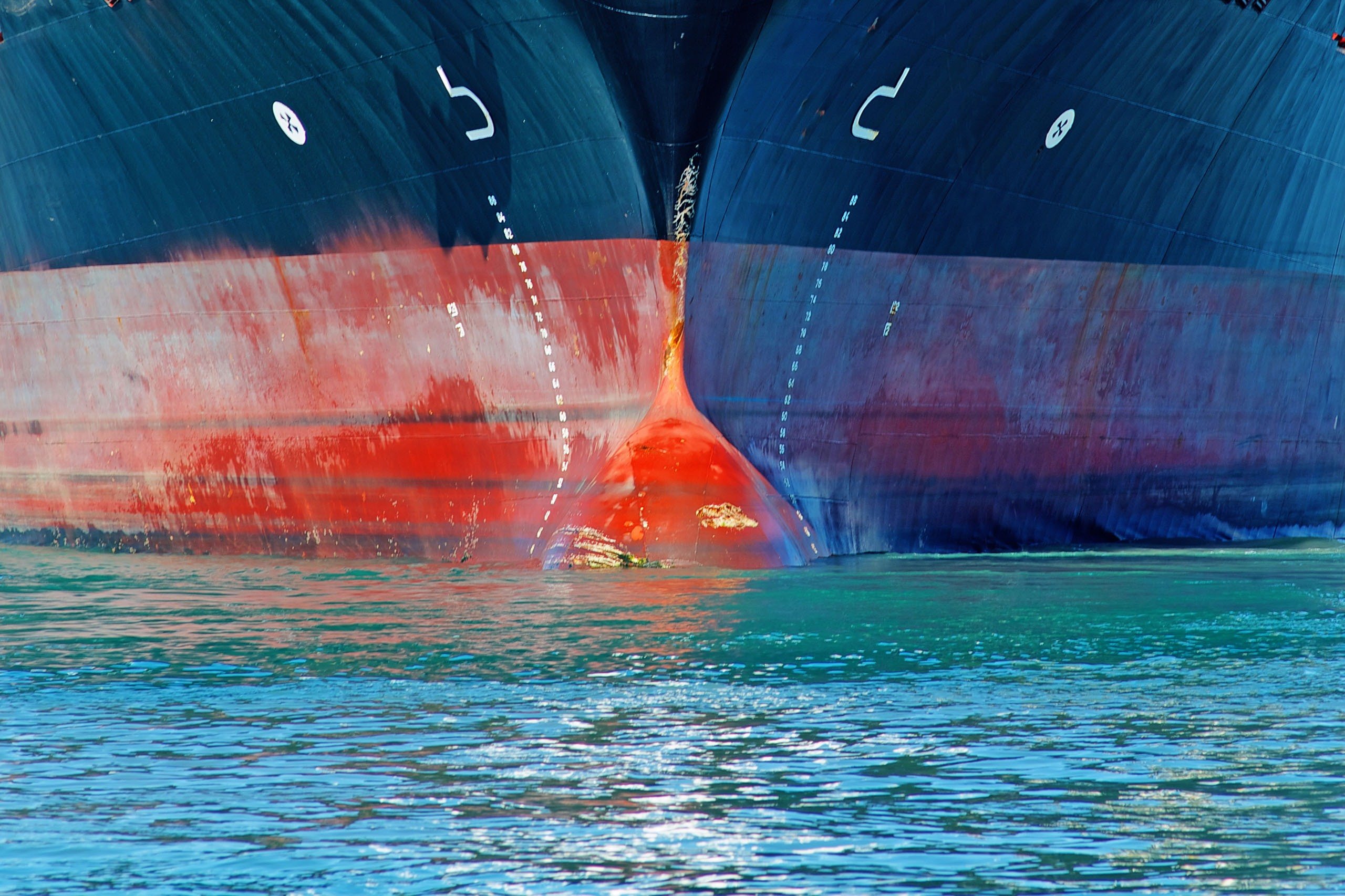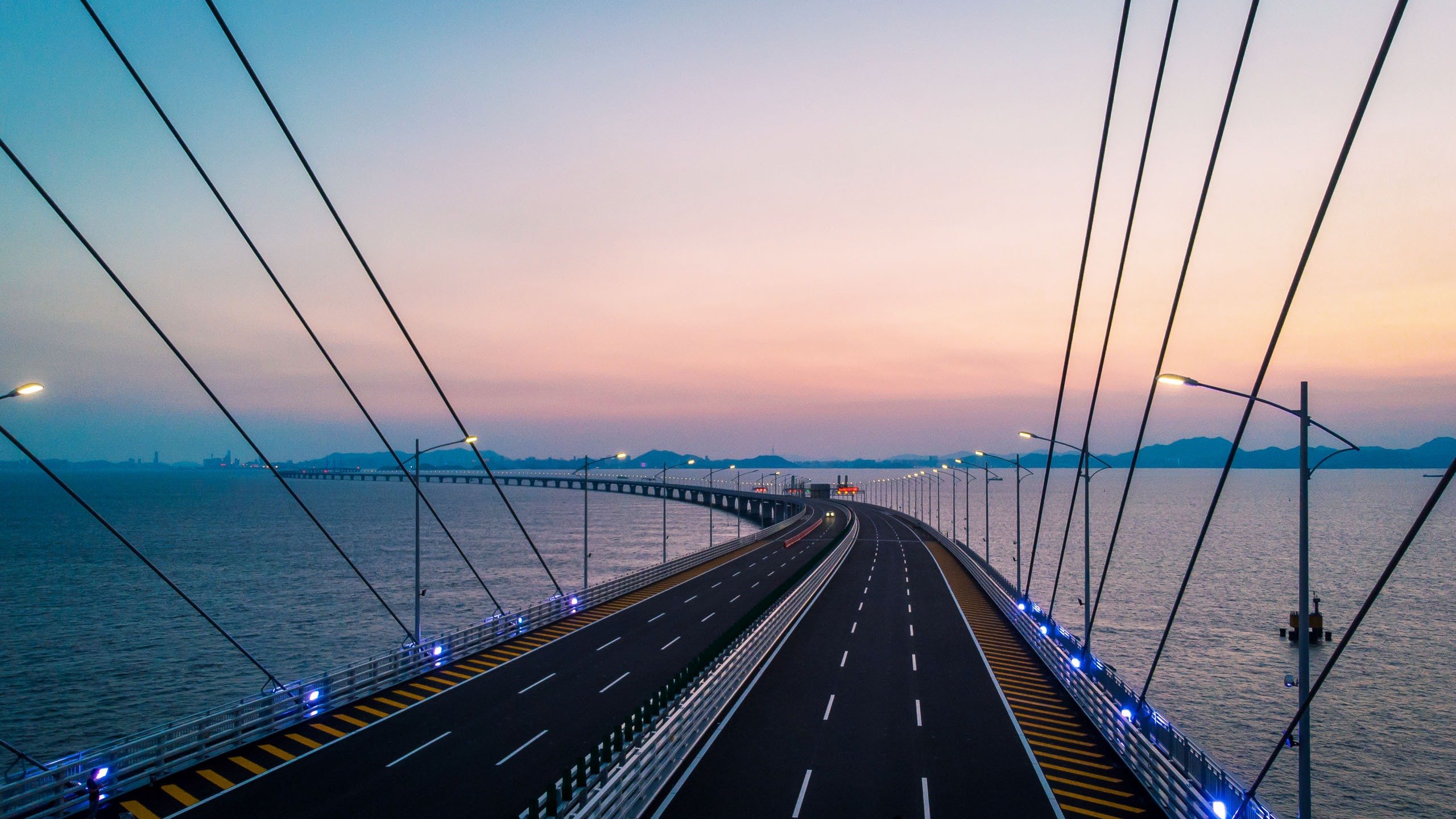South Korea - Major ports designated as ECAs and as Low Speed Areas

- Date
- 17 June 2020 17/06/2020
Share this article
Documents
- South Korea - ECA illustrations(1.67 MB)
Related news
-

Festive Season Office Hours
06/01/2025
-

-

-


Share this article

06/01/2025



